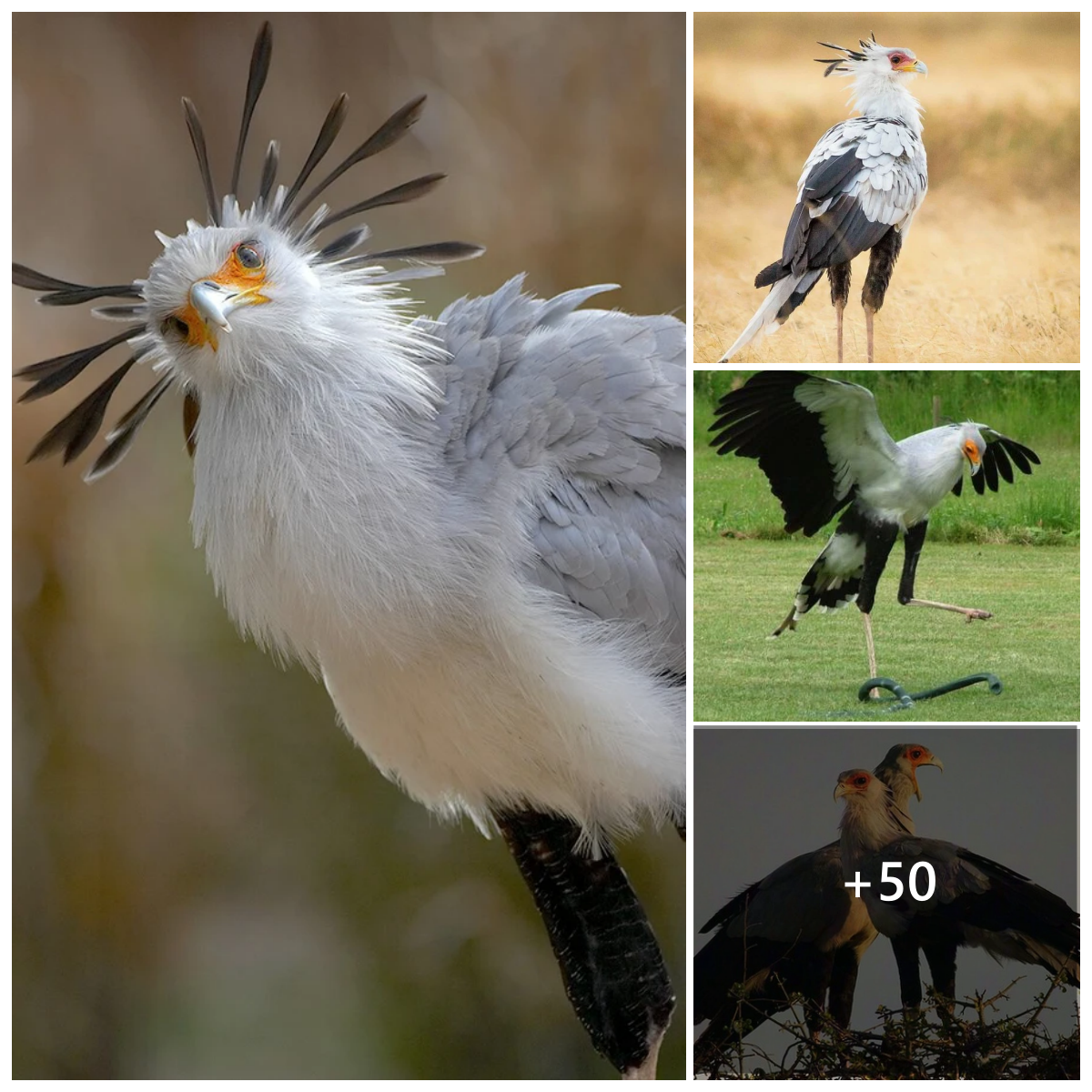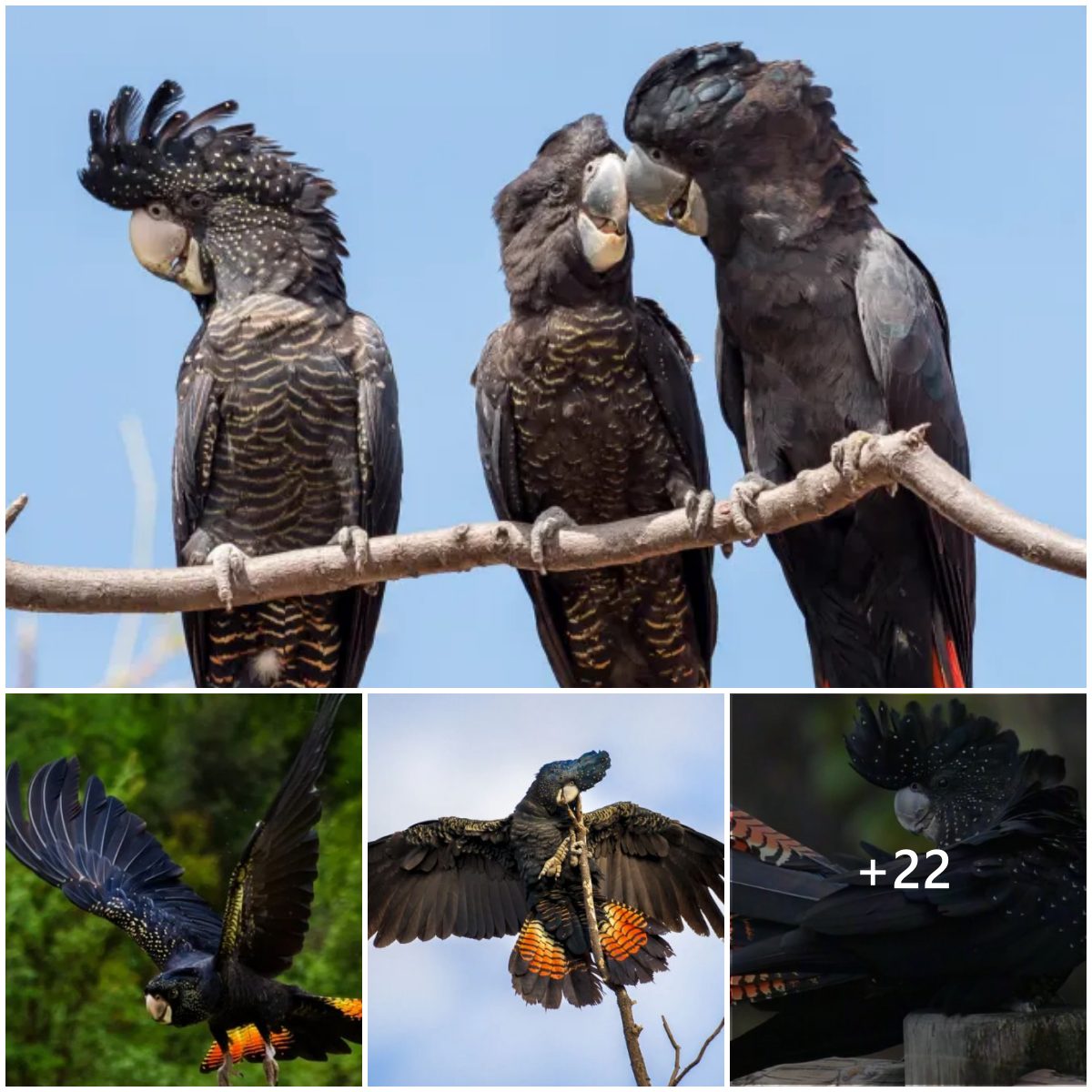

In the dense forests of Asia, a creature of unparalleled elegance roams amidst the undergrowth—the Lady Amherst Pheasant. With its vibrant and ornate plumage, this avian wonder captures the imagination and commands attention. Join us as we embark on a journey to discover the allure of the Lady Amherst Pheasant, exploring its stunning appearance, intriguing behavior, and its place in the natural world.

A Regal Tapestry: Unveiling the Plumage of the Lady Amherst Pheasant: The Lady Amherst Pheasant is celebrated for its mesmerizing plumage, which displays a rich tapestry of colors and intricate patterns. Its elongated, iridescent green crest flows elegantly from its head, while its face exhibits striking hues of blue, red, and yellow. The mantle and back feathers showcase a bold combination of black and white, accented by shimmering emerald and bronze. These resplendent features contribute to the bird’s regal aura and make it a true spectacle of nature’s artistry.

Habitat and Distribution: Native to the dense forests and mountainous regions of southwestern China and neighboring countries such as Myanmar and Bhutan, the Lady Amherst Pheasant thrives in habitats characterized by dense vegetation and ample cover. These birds prefer areas near streams and forests, where they can find shelter, forage for food, and raise their young.
Courtship and Breeding Rituals: During the breeding season, the male Lady Amherst Pheasant puts on a breathtaking display to attract a mate. With vibrant plumage fully spread, he fans his long, intricately patterned tail feathers, creating a dramatic spectacle. This extravagant courtship ritual serves as a visual proclamation of his virility and genetic quality. Once a pair bond is formed, the female constructs a well-hidden nest on the ground, where she lays her eggs and diligently incubates them. The male continues to guard and protect the nesting area, ensuring the safety of their offspring.

Foraging and Feeding Habits: Lady Amherst Pheasants are omnivorous, with a diet that consists of a variety of plant matter, seeds, insects, and small invertebrates. They are known for their foraging skills, scratching the forest floor and using their keen eyesight to locate food sources. Their feeding habits contribute to the dispersal of seeds, playing a vital role in the regeneration of plant species within their habitat.

Conservation and Protection Efforts: The Lady Amherst Pheasant faces several conservation challenges due to habitat loss, deforestation, and hunting pressures. Logging activities and the conversion of forests for agriculture have led to a decline in suitable habitat for these birds. Conservation efforts focus on habitat preservation, captive breeding programs, and raising awareness about the importance of protecting these captivating creatures.

Encountering the Lady Amherst Pheasant: For wildlife enthusiasts and birdwatchers, encountering the Lady Amherst Pheasant in its natural habitat is a truly remarkable experience. In certain regions, guided nature walks and wildlife tours provide opportunities to observe these birds from a distance, appreciating their majestic presence and witnessing their vibrant displays.





